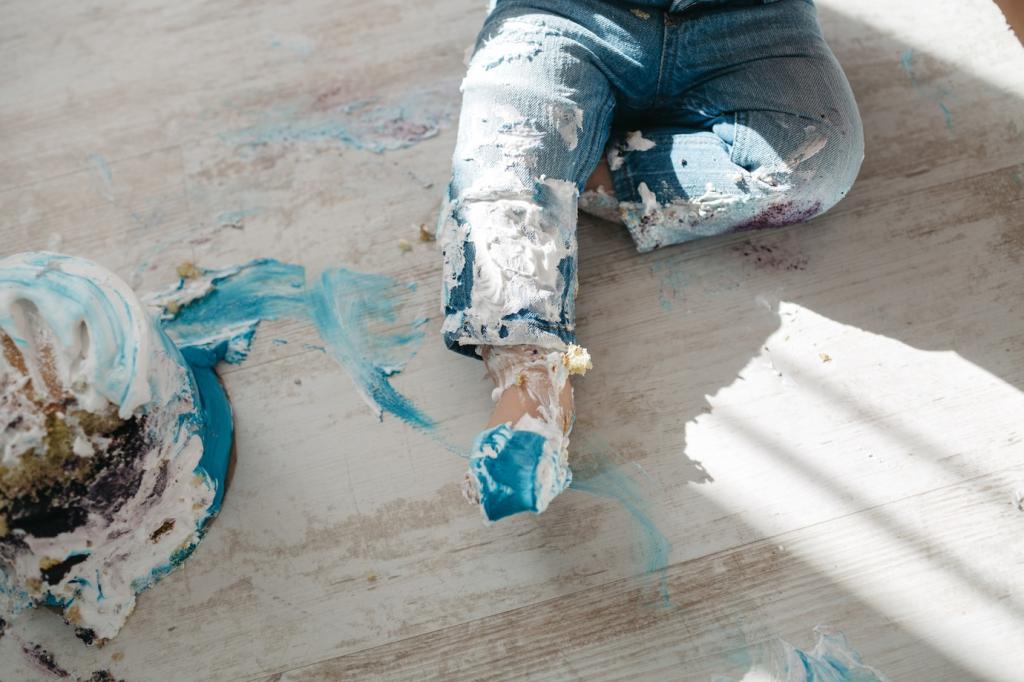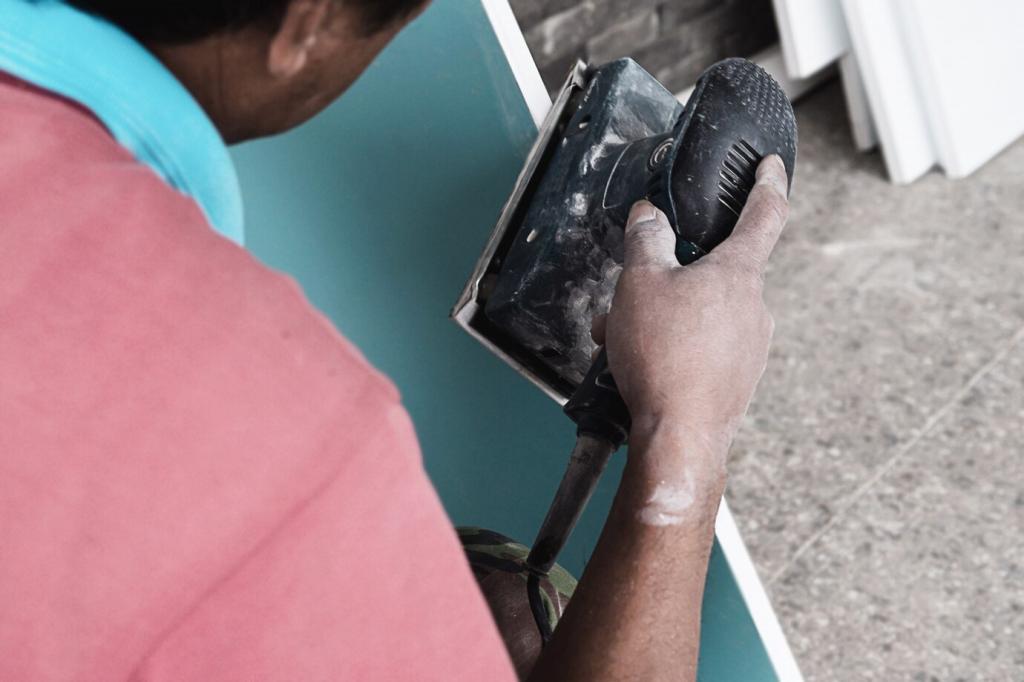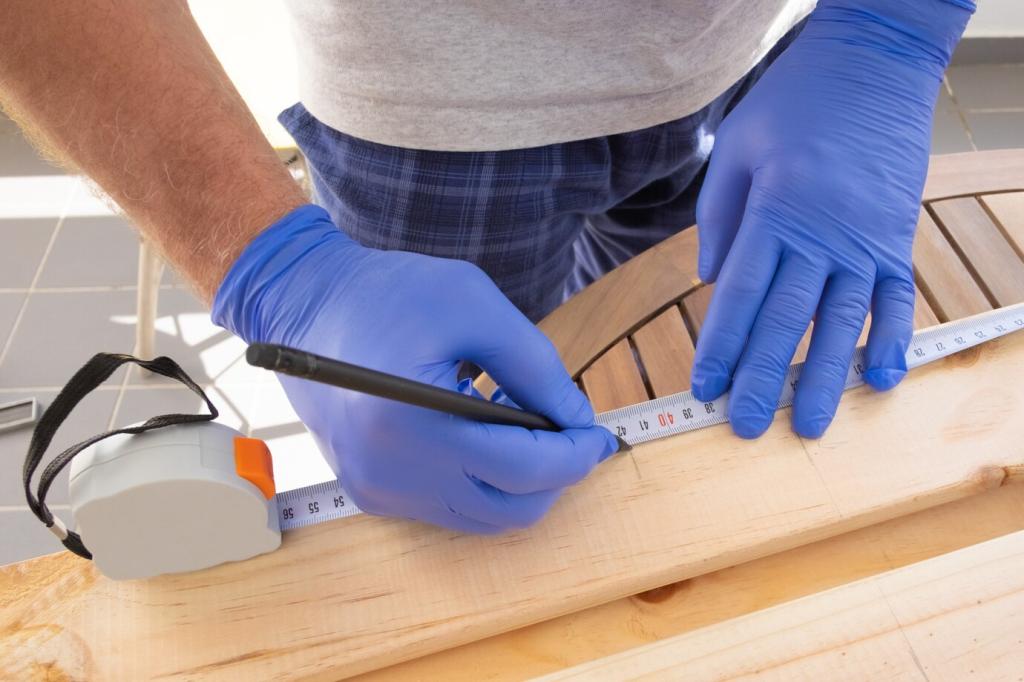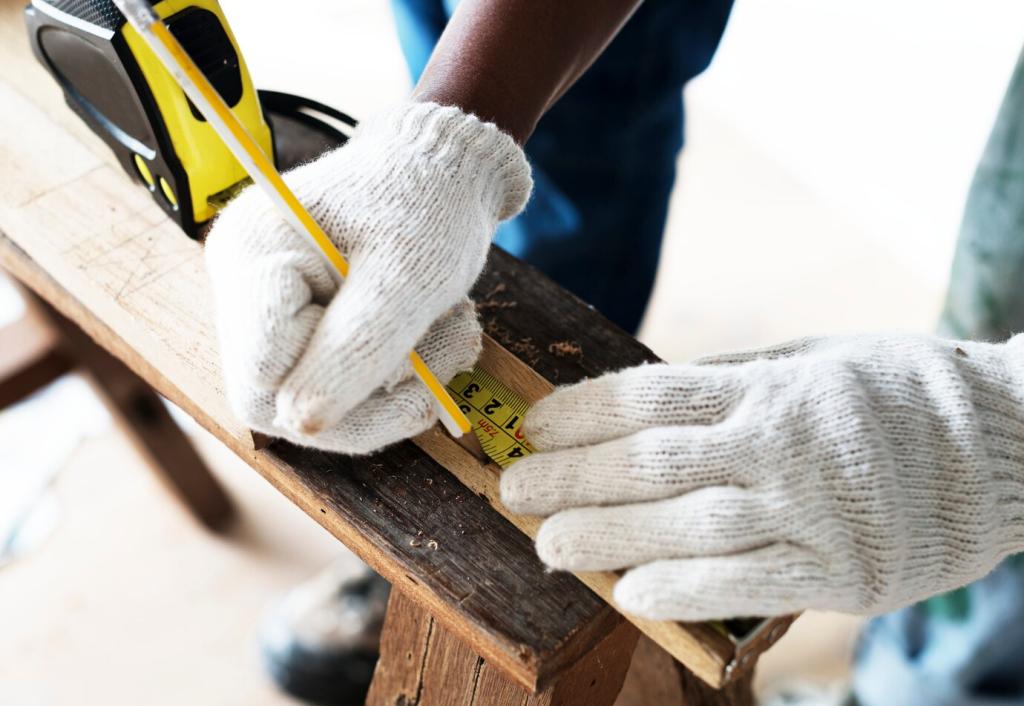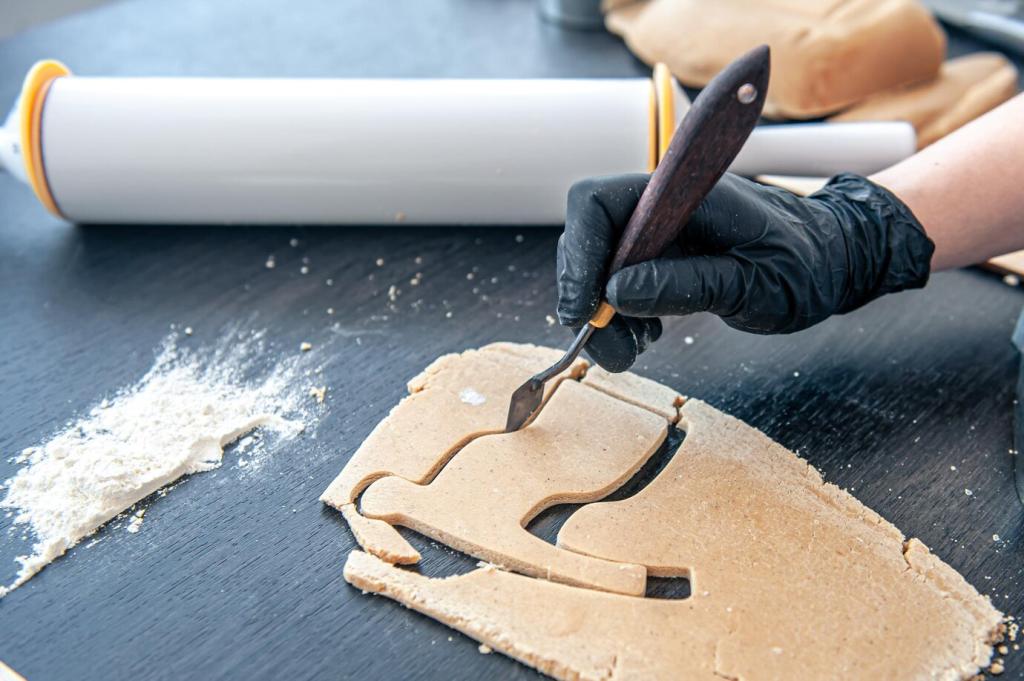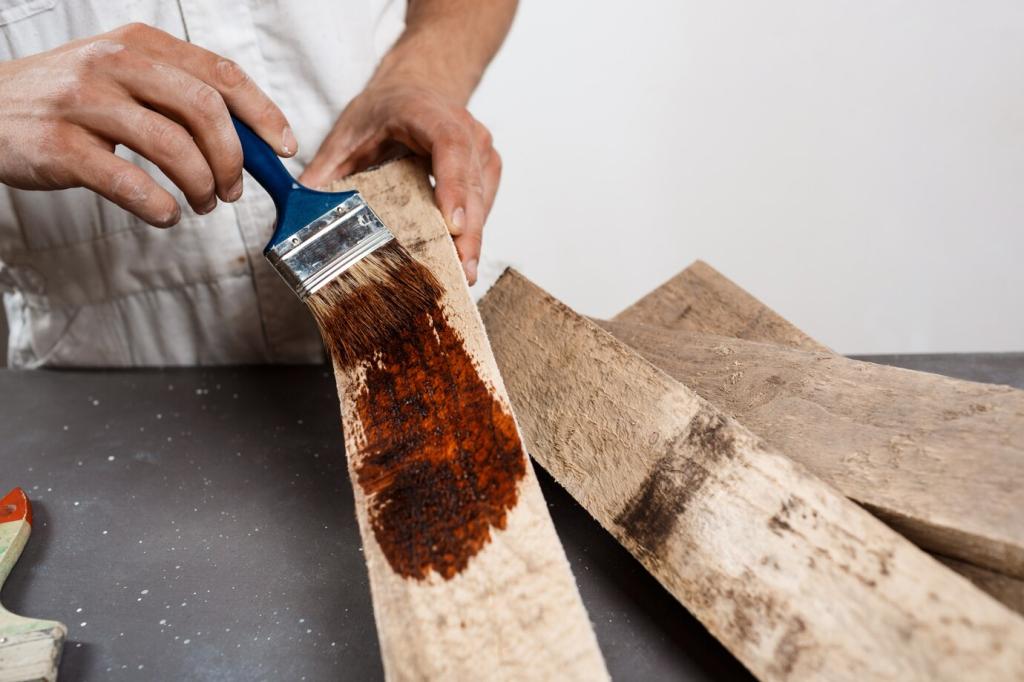Choosing and Applying Period-Appropriate Fabrics
For Victorian seating, consider mohair velvet or damask; for Edwardian lines, refined stripes or brocade. Evaluate rub counts, lightfastness, and fiber content. Drop a comment with your favorite mills and how you balance authenticity with everyday durability.
Choosing and Applying Period-Appropriate Fabrics
Center medallions, align stripes with rails, and mirror motifs across arms. Cut generously for corners and welting. A patient dry-fit prevents heartbreaking mismatches—share your layout diagrams and the moment that saved a precious yard of fabric.

